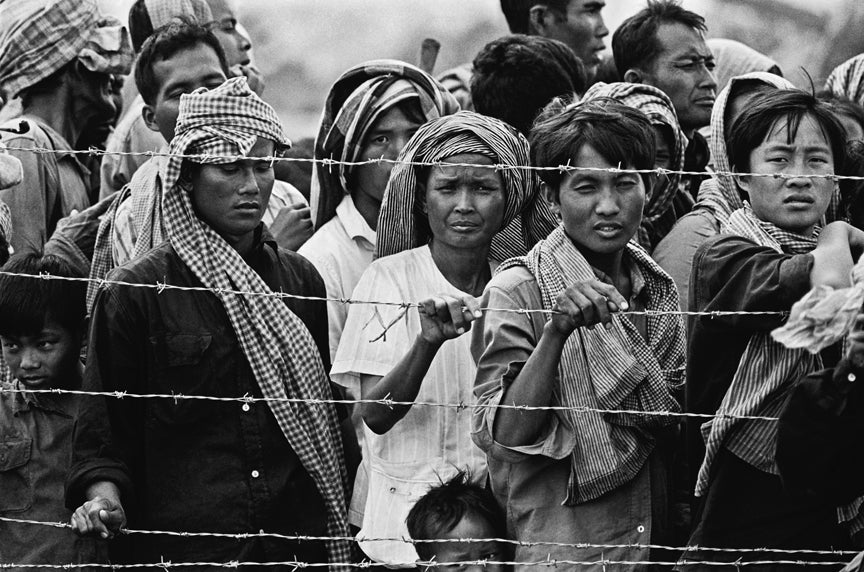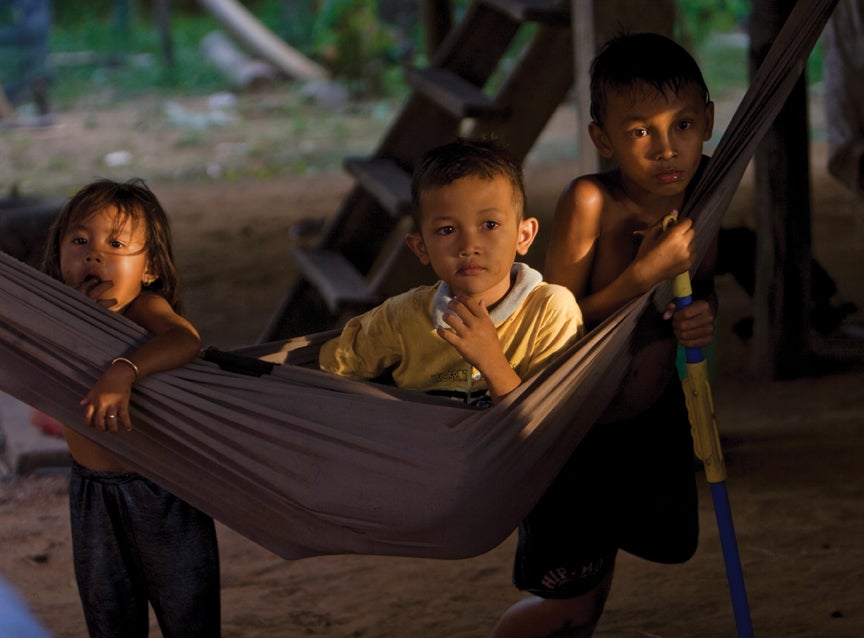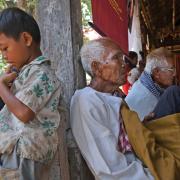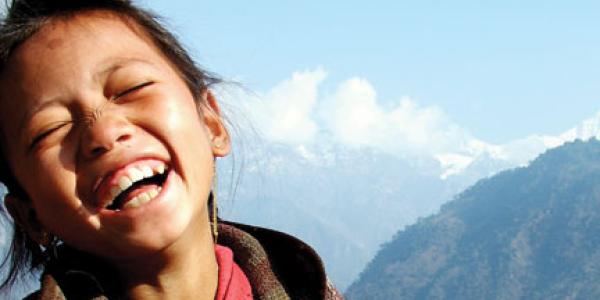
Cambodian refugees wait in long lines for food rations of eggs and rice inside a camp on the Thailand/Cambodia border in 1979. Photos by Jay Mather.
In 1979 I traveled with journalist Joel Brinkley to the Thailand/Cambodia border region where Cambodian refugees were fleeing to safety as the invading Vietnamese army was in the final stages of defeating the Khmer Rouge regime. Listening to the personal stories of survivors in the camps, we heard about the horrors of “The Killing Fields,” the systematic genocide of almost two million Cambodians between 1975 and 1979 by the ruthless Khmer Rouge led by Pol Pot.
After a decade under a Vietnamese puppet government, warring political factions signed the Paris Peace Agreement in 1991. Cambodia’s reconstruction became the international community’s priority project after the United Nations staged national elections in 1993 to select a democratic government. A new constitution guaranteed Cambodia’s citizens all the human rights, personal freedoms and protections of a modern democratic state.
In 2009 Joel and I made a return trip to Cambodia, 30 years after our visit to the camps. We wanted to document how life for the rural population, 80 percent of the 13.7 million citizens of Cambodia, was faring.

The great-grandchildren of Saloth Nhep, 84, the brother of Pol Pot, the infamous leader of the ruthless Khmer Rouge regime, find a moment of quiet in 2009 around a hammock strung underneath their small home in the Kampong Thom district of Cambodia. The family did not know for many years that one of their own was leading the systematic genocide of 1.7 million Cambodians.
Our conclusions echo those who believe the Cambodian government has squandered its greatest opportunity to redefine itself and move on from the Khmer Rouge era.
The country’s natural timber and mineral resources have been plundered. Corruption pervades every facet of life. Cambodia ranks 128th of 149 countries in corruption. Education is not mandatory and the basics of infrastructure — roads, water, sanitation and electricity — are minimal or nonexistent. The government-operated primary health care system is woefully underfunded and lacks trained nurses and adequately paid physicians.
There is minimal development in technology, and when we asked local officials what one thing they would improve first, the answer was always, “Become better rice growers.”
While the world is focused on the Middle East, Africa and other regions of conflict, Cambodia barely registers on anyone’s radar. It has become a forgotten country.










